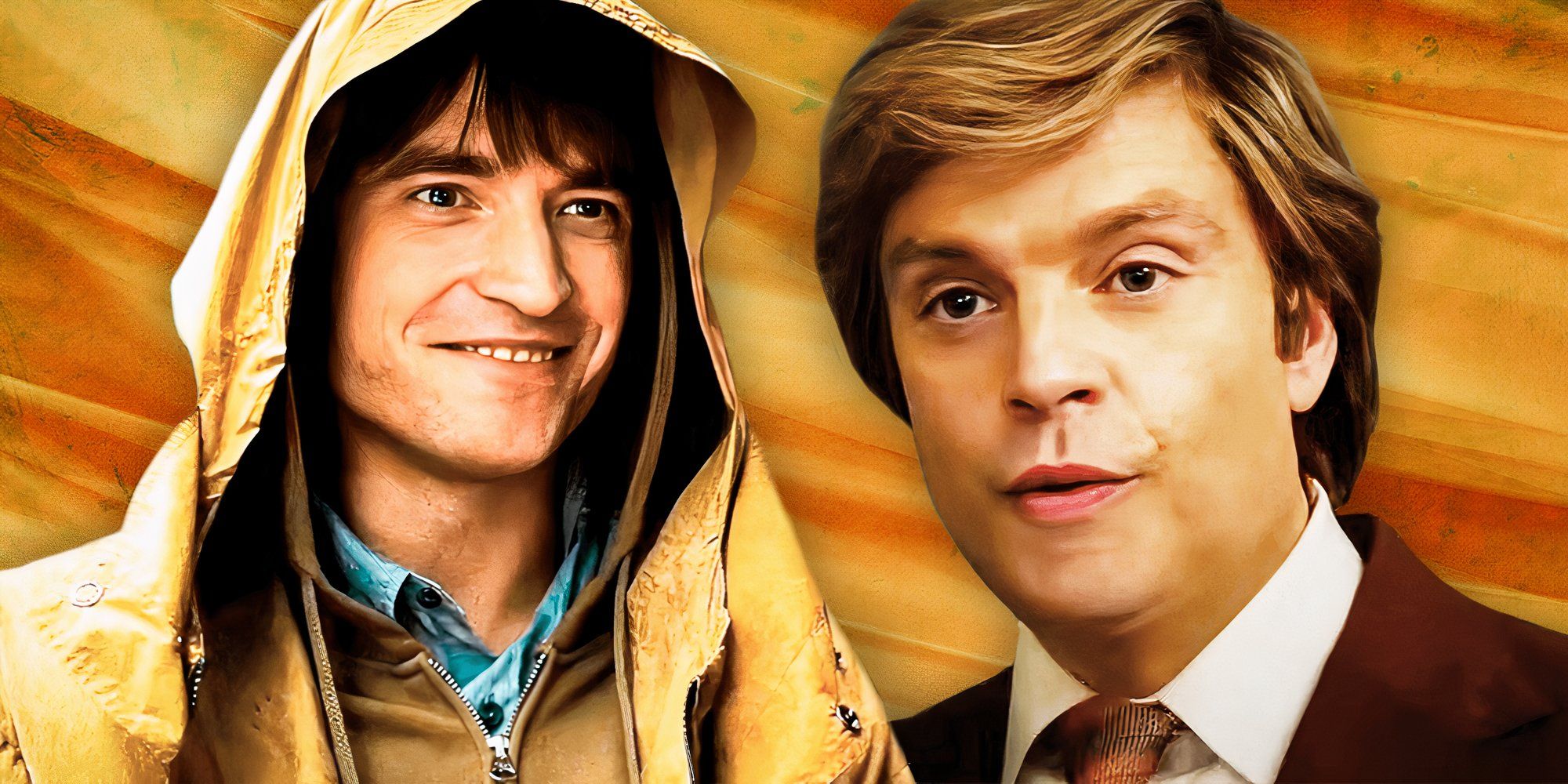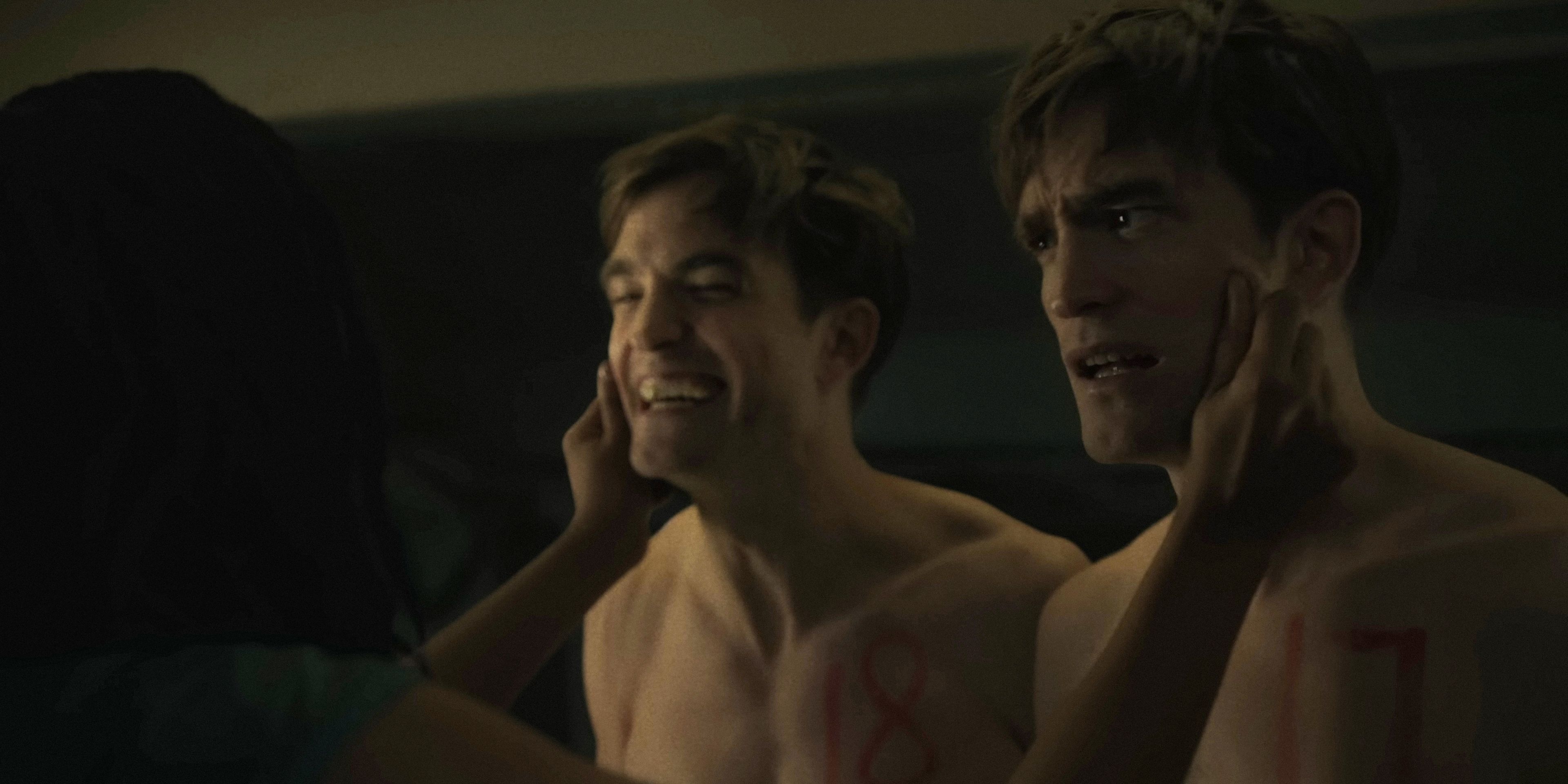Warning: The following contains major spoilers for Mickey 17.Mickey 17 director Bong Joon Ho has delved into the haunting dream sequence featured at the film’s conclusion. This engaging sci-fi action comedy revolves around Mickey Barnes (played by Robert Pattinson), who takes on the role of an “expendable” in a mission aimed at colonizing a frozen planet. After facing his demise 16 times and establishing harmony with the planet’s indigenous Creepers, Mickey 17 must make a pivotal decision to destroy the human printing machine. Yet, as he contemplates this action, he envisions Marshall’s wife, Ylfa (Toni Collette), attempting to revive the corrupt politician Kenneth Marshall (Mark Ruffalo) through this very technology.
Bong, in a conversation with Vulture, sheds light on the meaning behind the nightmarish vision that concludes Mickey 17. He emphasizes that while the destruction of the machine signifies a victory for Mickey, who has endured considerable suffering, it also encapsulates a “sense of anxiety” over the potential realization of his worst fears. The director reflects on the allure of technological convenience and reveals that the moment Mickey destroys the machine draws inspiration from a real dialogue surrounding artificial intelligence. Here’s what he shared:
I just felt so bad for Mickey. He’s quite close to my son’s age. I wanted him to not be destroyed by everything. Looking back on my previous films, I felt that I was quite harsh with the characters that I created, although it may have been necessary.
I wanted to end the film with this sense of anxiety that this nightmare can always repeat itself.
Technology is very tempting. It provides a lot of convenience, and, especially for the people who are making money off of it, it’s a very tempting thing. A couple of years ago, there was this one AI researcher who quit his job and did this interview where he said, “We should all agree to stop developing AI for a couple of years and come up with actual procedures on how to use this technology and how to prevent anything from going wrong.” But that didn’t work out. Everyone’s competing out of this anxiety and it’s going at a crazy speed. And who knows what will come out of all of this? We have to have John Connor.
What This Means For Mickey 17’s Ending
The Dream Sequence Is Tied To The Main Theme
Bong’s insights clarify how the nightmare sequence intricately connects to the conclusion and overarching themes of Mickey 17. This sequence not only reflects Mickey’s deep-seated fears about the misuse of technology but also highlights the grim possibilities if the machine were to remain functional. It serves as a commentary on the pressing concerns about AI technology in our reality.

Related
Is Mickey 17’s Villain A Parody Of Donald Trump?
Kenneth Marshall is the main villain of Mickey 17, and many viewers are pointing out similarities between Mark Ruffalo’s character and Donald Trump.
Throughout the film, the misuse of technology is a recurring theme. This includes instances where a serial killer exploits technology to further his criminal activities, alongside the emergence of the villainous duplicate, Mickey 18. Though Marshall pledged to safeguard human printing technology by assuring only one “expendable” would be utilized for the entire journey, he ultimately failed to avert the creation of two Mickeys. Moreover, the technology provided a pretext for the exploitation of Mickey, subjecting him to painful experiments.
Our Take On Mickey 17’s Dream Sequence
It Tells Something About Mickey As Well
According to Bong, the explosion of the human printing machine represents a significant turning point for Mickey 17. His life was irrevocably impacted when he pressed a red button just moments before a car crash claimed his mother. This experience instilled in him a profound belief that he was responsible for her death, leading to an instinctive fear of all red buttons. The terrifying dream sequence in Mickey 17 ultimately catalyzes his growth, enabling him to confront and conquer this fear.
He has suffered the insufferable because of human printing technology, and seeing it blown up is no doubt a relief.
Mickey, being the closest individual to the human printing technology, recognizes its potential dangers if it were to fall into the hands of the wrong people. After finally achieving peace with the Creepers, the last thing he needs is to grapple with the threat of another Marshall being replicated. He has endured unimaginable pain due to this technology, and watching it explode is undoubtedly a source of relief. The dream sequence further illuminates Mickey’s character—he did not destroy the machine out of vengeance or anguish, but rather for the betterment of humanity.
Source: Vulture

